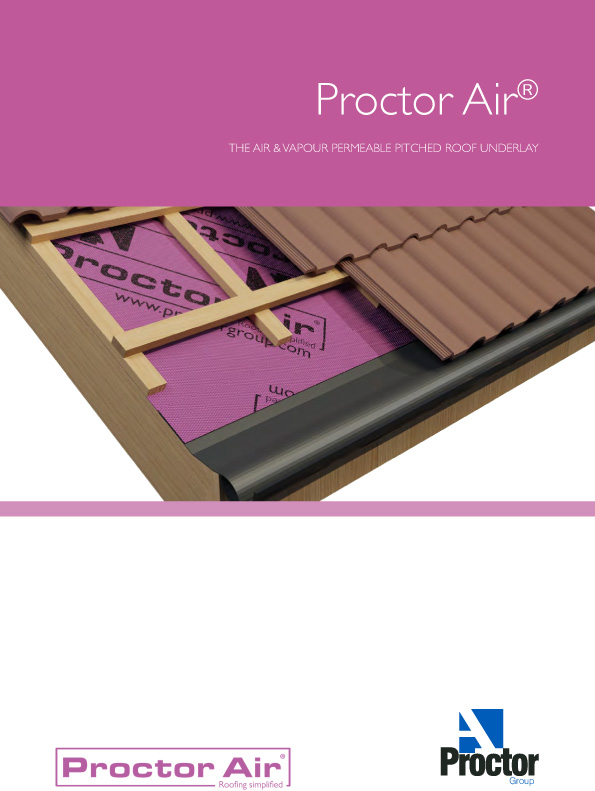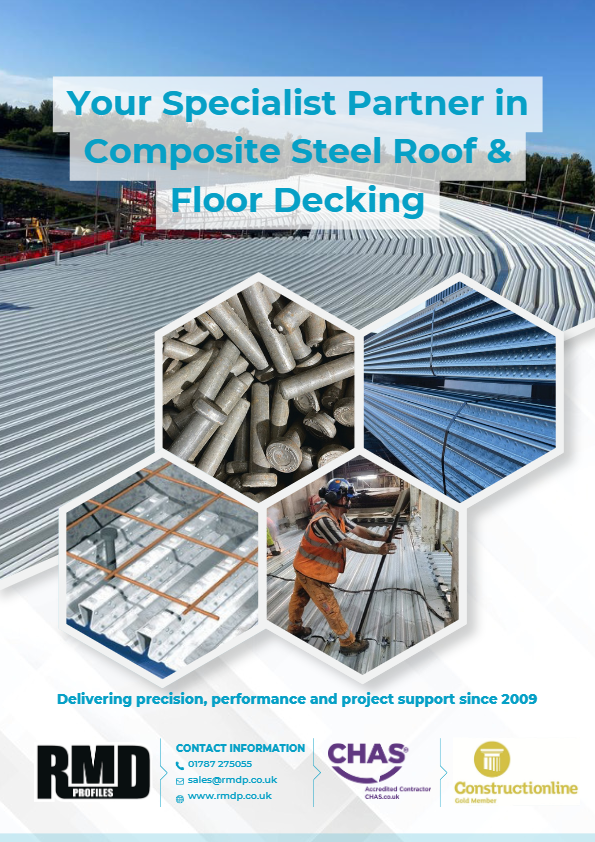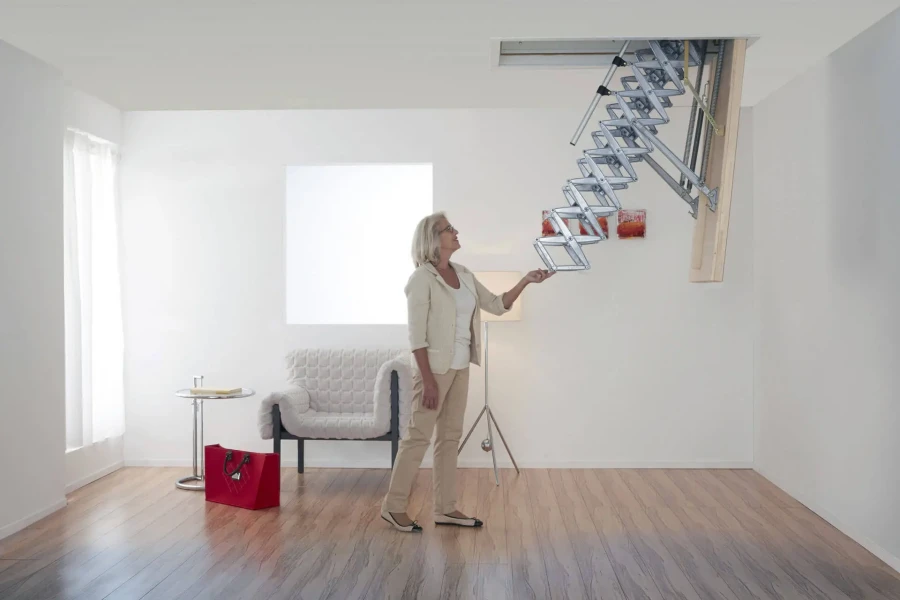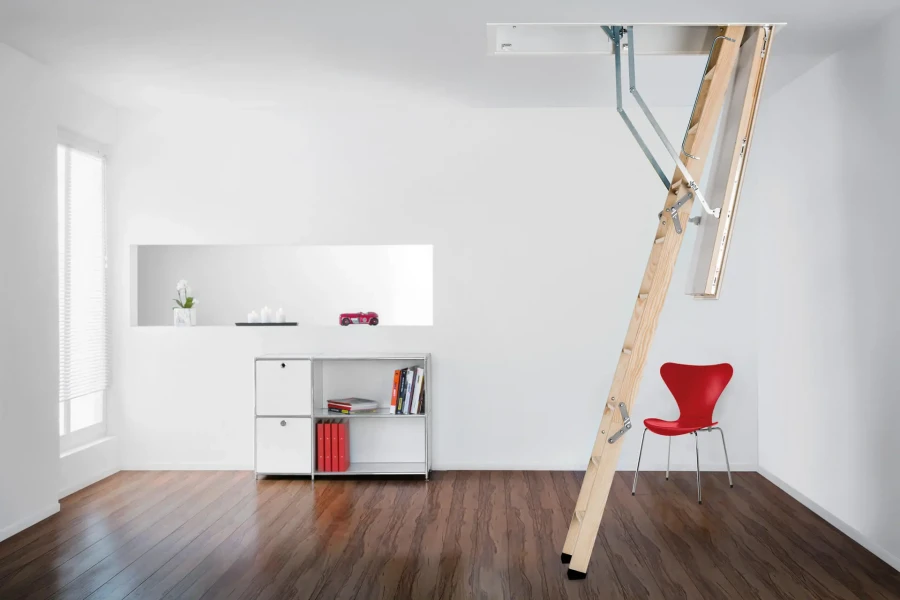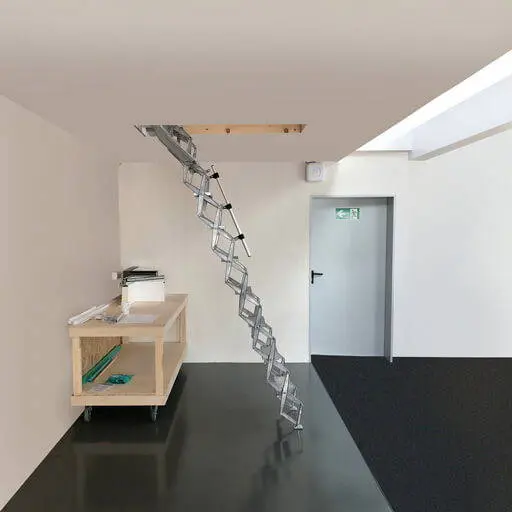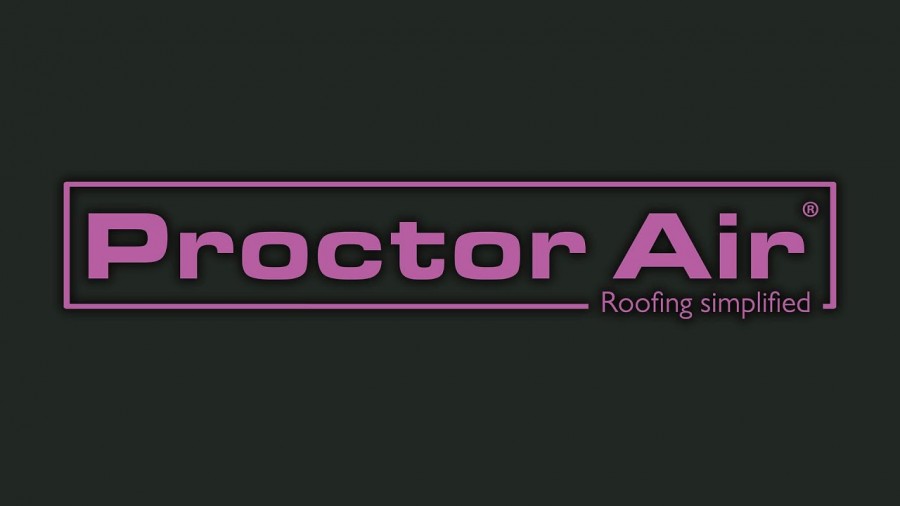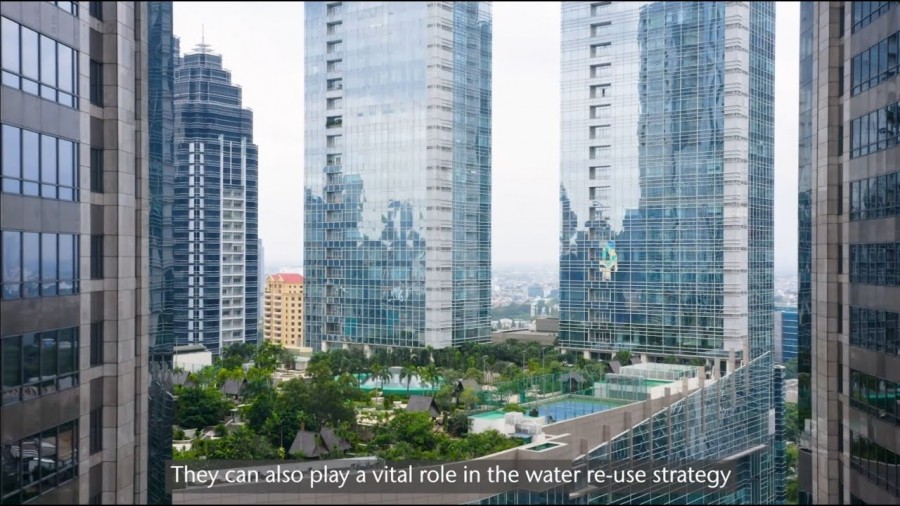Should basement
waterproofing design use a barrier method or a cavity drainage system or both?
A series of continuing
professional development (CPD) seminars from Safeguard Europe – the UK’s
leading specialist in damp-proofing and waterproofing technology – helps answer
that question whilst imparting all the regulatory and technical background a designer
or specifier would need.
The seminars are
grounded on the latest documents and standards, drawing on BS 8102: 2009 Code of practice for protection of
below ground structures against water from the ground, guidance document
Basements for Dwellings which sets out
what the Building Regulations require
and NHBC Standards Chapter 5.4 Waterproofing of
basements and other below ground structures. Delivered in a company’s
office to help professionals meet their CPD obligations, Safeguard can provide
a one-hour seminar on either newbuild or refurbished basements or a two-hour
seminar covering both.
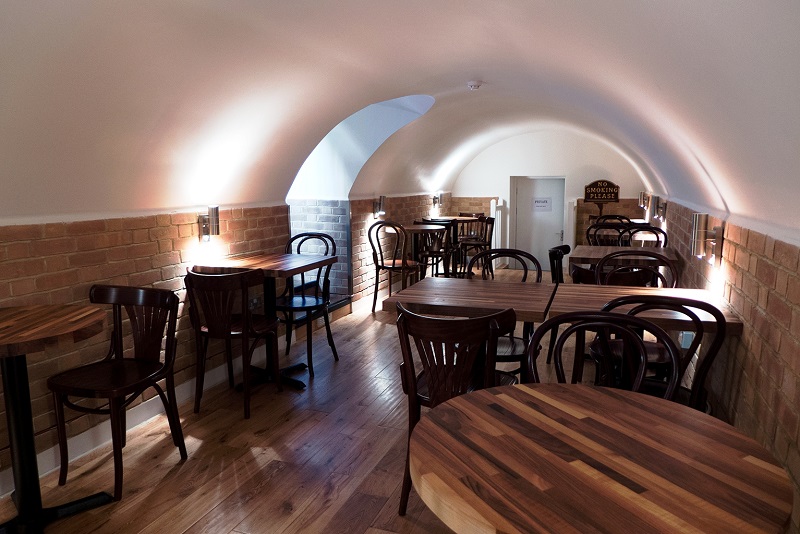
For newbuild
basements, Safeguard outlines some basic design considerations such as the type
of soil, position of the water table, soil contaminants and the impact of
neighbouring buildings. It then goes on to examine the pros and cons of various
waterproofing approaches: barrier protection (defined as Type A in BS 8102), structurally integral protection
(Type B) such as waterproof concrete, drained protection (Type C), combination
systems and dual-layer systems.
Traditionally
excavated and backfilled basements generally require a primary waterproofing
system such as Vandex Super, applied to the external wall together with a
subsurface drainage layer like Oldroyd Gtx to reduce the hydrostatic pressure
bearing on the basement walls. In line with BS
8102’s recommendations for combined protections, such basements would
also benefit from an internal cavity drainage system such as Oldroyd Xv.
Dug-out basements
constructed below existing dwellings require a different approach as the
external face of the basement cannot be waterproofed. Instead the primary
waterproofing layer should be applied to the internal surface with a cavity
drainage system to again provide a second line of defence.
Safeguard’s seminars
also consider basements with piled retaining walls. Again, a combined approach
is prescribed, with the primary waterproofing layer applied over a shotcrete
layer to create a plane surface over the piles and a cavity drainage system directing
water to a drainage channel and pump.
For refurbishment of
existing basements, Safeguard looks at possible reasons for installing a new
waterproofing system and what the basement will be used for. If the basement is
to be a habitable room – a living room or bedroom – BS 8102 says that no water must penetrate.
With refurbishment,
there are fewer choices of system, namely Type A Barrier Protection (Type A) or
Type C Drained Cavity (Type C), with the latter being the most commonly used
method in the UK. This system works well if the walls of the existing basement
are weak or contaminated. A downside is that regular maintenance of the pumps
and channels, together with a back-up strategy for if the pump fails, are
needed for drained cavity set-ups.
Since BS 8102 says that the existing wall should be
capable of controlling how much water passes through it, some localised repair
or traditional tanking may be needed to improve the primary resistance of the
basement wall. In addition, Safeguard would usually recommend a new concrete
floor slab waterproofed with a product such as Vandex Super.
Type A, barrier
protection, should only be considered where the substrate is suitable. Barrier
protection methods are also useful where gases such as radon or methane are
present as they keep out the gases as well as the water.
One of the important
factors for Type A systems, which come in many forms including cementitious,
bentonite, liquid-applied polymers, polymer sheet membranes and combinations of
those; is that they can be applied to wet substrates. Application must be meticulous
as faulty installation is difficult and costly to fix later.
With 34 years
supplying waterproofing systems for basements and other structures, Safeguard’s
CPD training also considers auxiliary issues such as insulation, drainage and
maintenance, environmental impact, cost, practicality of installation, planning
issues and guarantees. Selecting the right combination of systems and products
requires careful consideration of these and all the points covered in the CPD.
Safeguard technical
experts are on hand to advise on the products and systems and how they are best
applied in a variety of situations. They can also provide contact details for
specialist design consultants and contractors.












